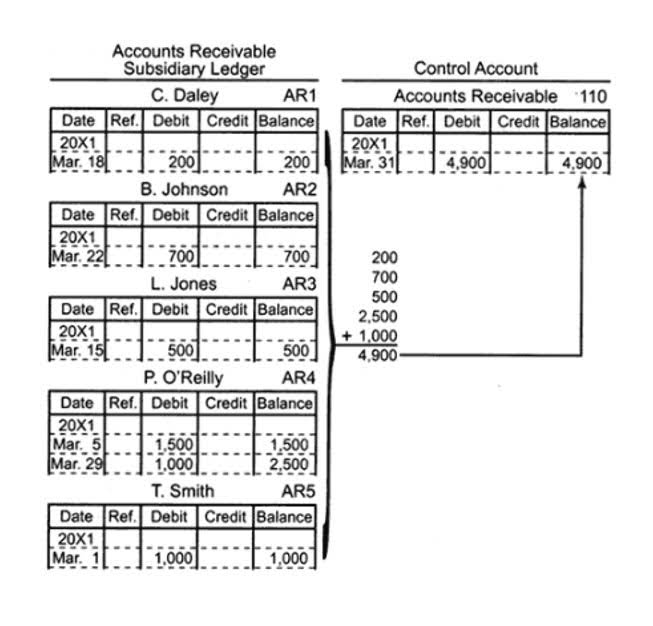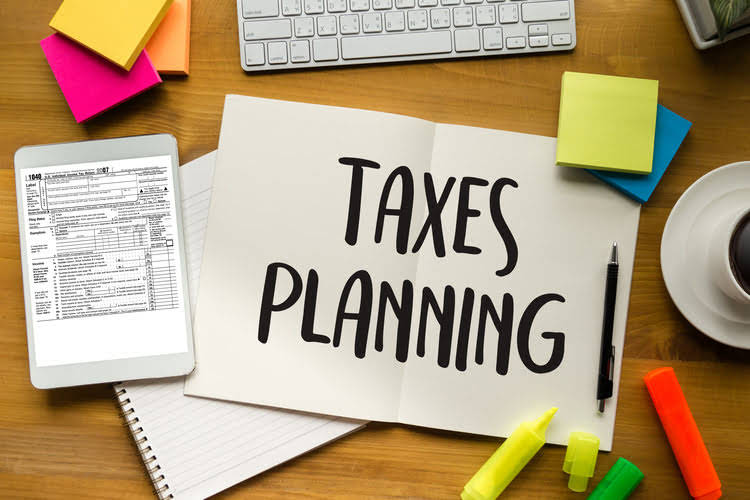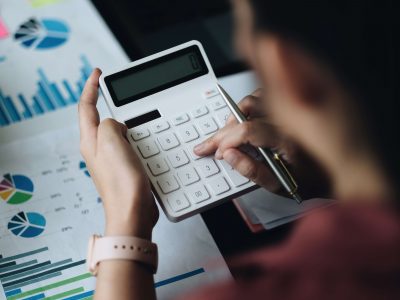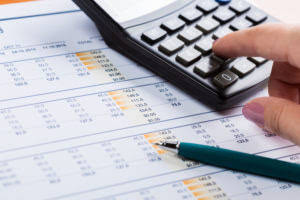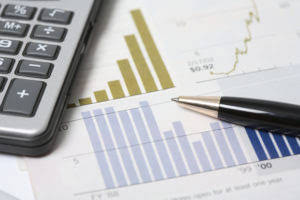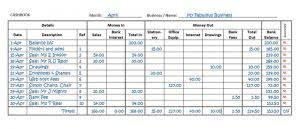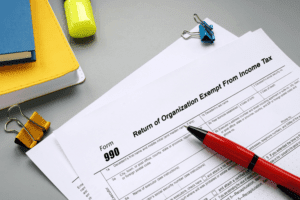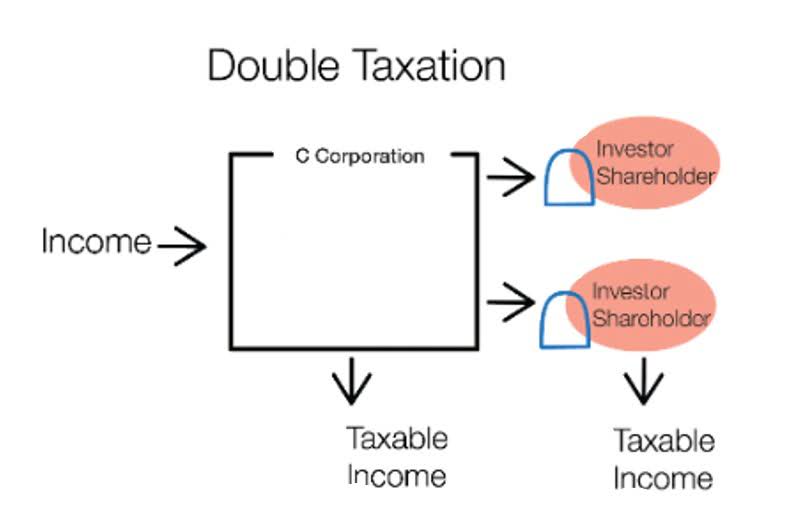In fact, during his filming of The Klansman, he was barely able to stand, and therefore took many of his shots sitting or lying down. http://stungun.ru/stun_dostavka Offscreen, he wasn’t much better; he once downed 21 shots of tequila before diving into the sea when he heard of a reported shark sighting. Near the end of his life, his once suave persona and charismatic good looks had been eroded by his addiction to the bottle, and he died, not surprisingly, of liver cirrhosis.
- Errol Flynn was an Australian-born actor who rose to fame during the Golden Age of Hollywood.
- But the Barrymore family isn’t only famous for acting; they were famous for putting them back, and John was no exception.
- Cassidy went on to have a successful career as a musician but his life was troubled behind the scenes.
Sports Life
Before his demise, he was diagnosed with alcohol-related liver cirrhosis, which led to the failure of his kidney and liver. Sadly, he died owing to complications created by chronic health issues, including the failure of https://bigbars.ru/bb8801.html liver and kidneys. Holden’s heavy drinking began impacting his professional and personal life, including a drunk driving incident where he killed another driver.
These famous figures sadly couldn’t beat their demons
She was dealing with an addiction https://sadwave.com/2014/11/jawbreaker/ to alcohol along with a mental illness which resulted in hepatitis and acute kidney injury. Her illness and addiction severely declined his health and took his life. The multitalented celebrity died on 25th August 1984 after he was diagnosed with a liver disease exacerbated by alcoholism.
Celebrity Life
She started with small parts before moving into leading roles, and Dandridge’s career is dotted with all-time classics. Amy Winehouse was a complete pack who was known for her blend of different music genres. The singer left everyone in a state of mourning when she died on 23rd July 2011 at the age of 27. The actual cause of her death was stated as alcohol intoxication by the medical examiners in her autopsy reports. The football community was shocked when George Best’s death news became public.
- The heart attack suffered by the comedian was the direct result of his alcoholism.
- Before he had completed the shooting of his final film Gladiator, he went to a pub one night and drank eight bottles of beer, three bottles of rum, and a few shots of whisky before finally suffering a heart attack and dying shortly after.
- A coroner’s report two months after his passing revealed the cause of Cloud’s death to be an unintentional overdose of cocaine, methamphetamine, fentanyl, and benzodiazepines.
- After suffering from abdominal pain and warnings that liquor would do him in, O’Toole finally gave up drinking, but his excessive consumption had already taken its toll.
- Her illness and addiction severely declined his health and took his life.
- In perhaps one of the most shocking deaths to rock Hollywood in decades, the actor’s younger brother, Joaquin, made a frantic call to emergency services in the early hours of Halloween 1993, claiming that River was having seizures.
- Holden himself died from bleeding out after he fell over inebriated and knocked his head.





